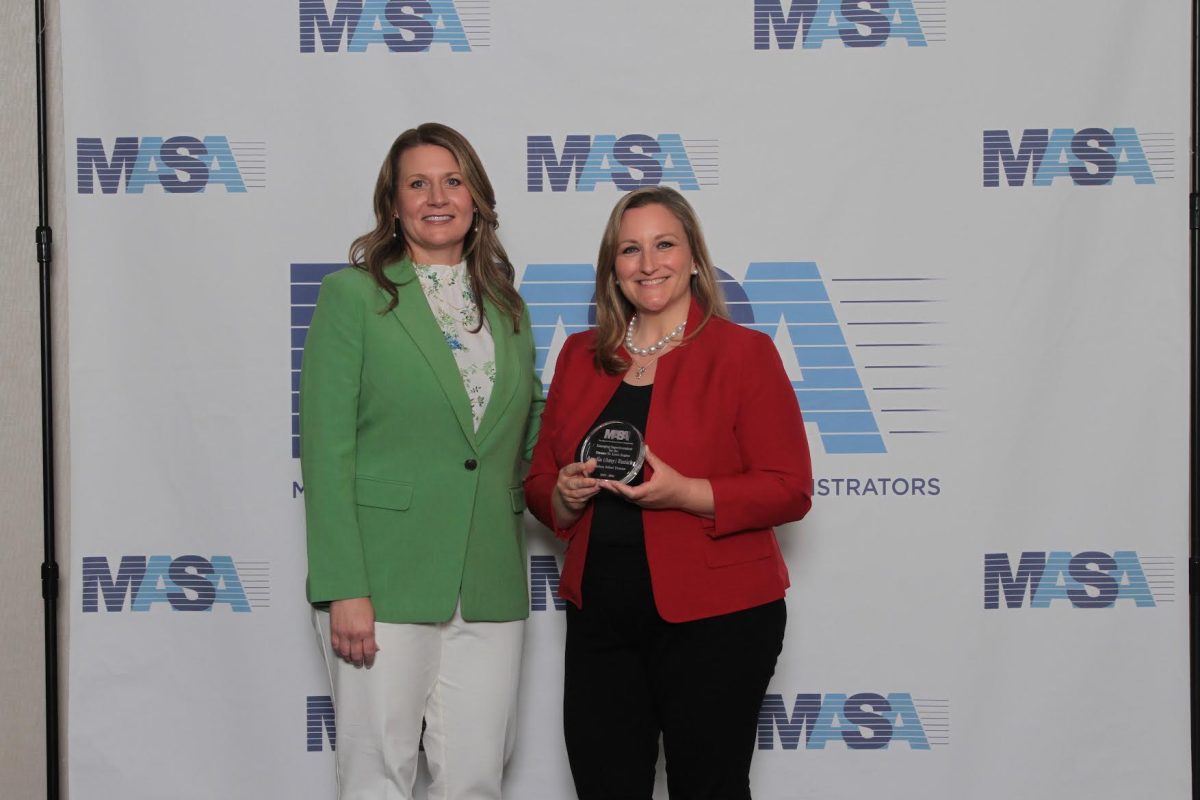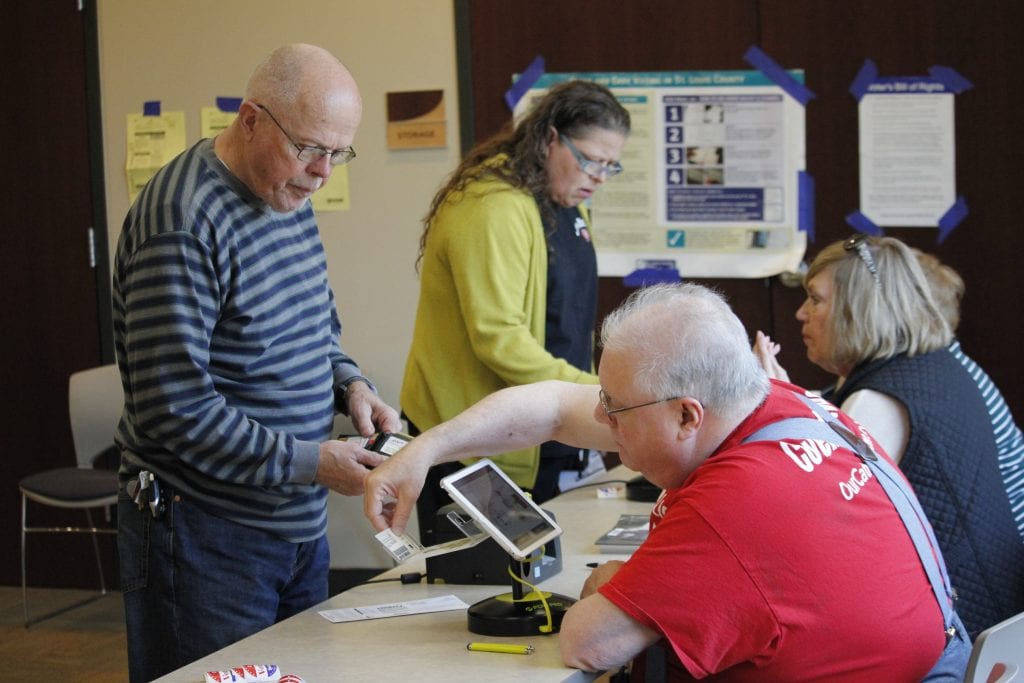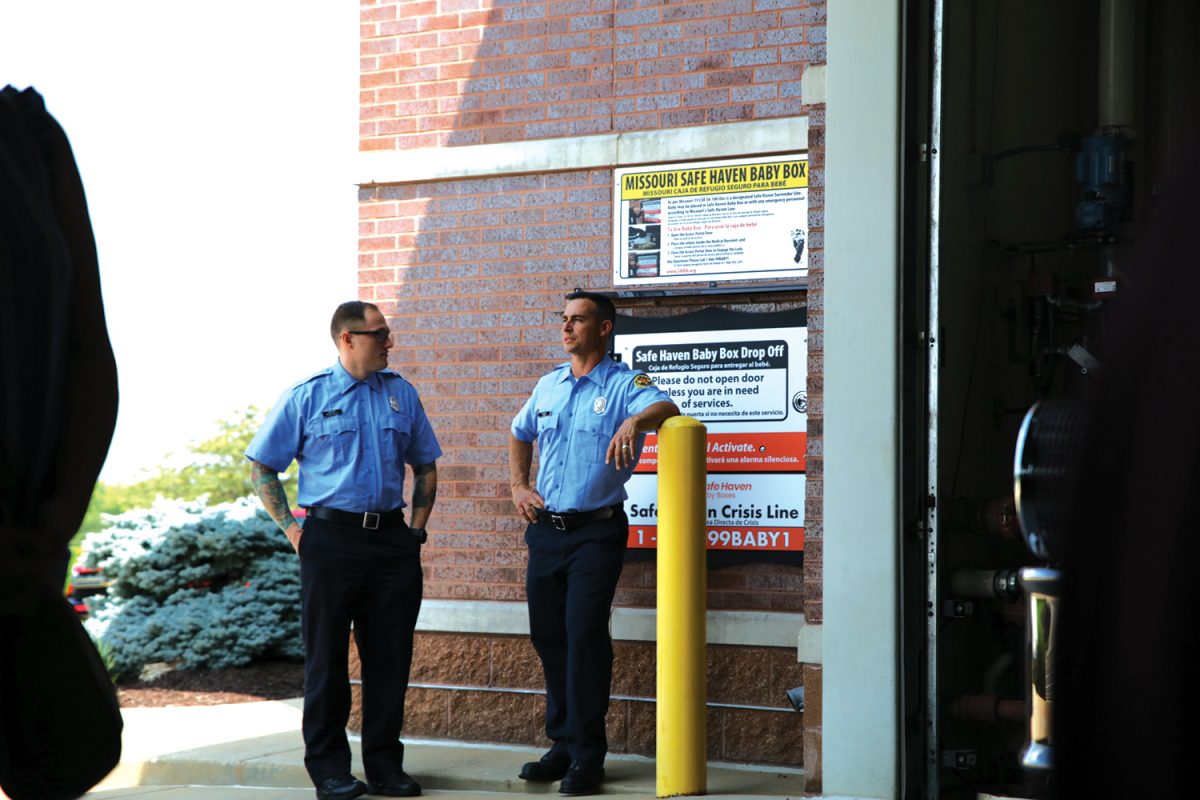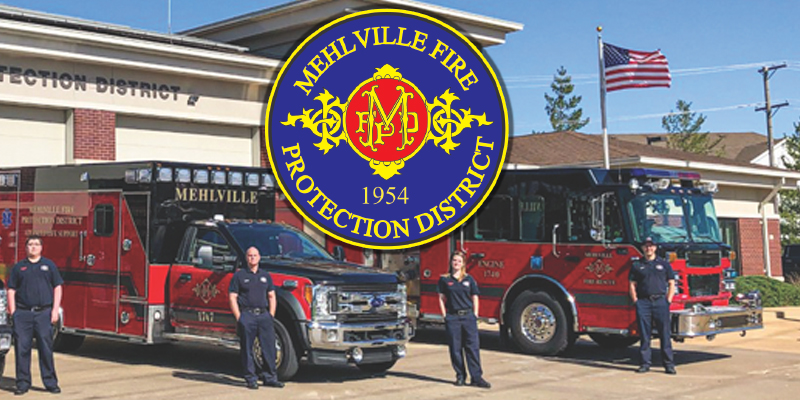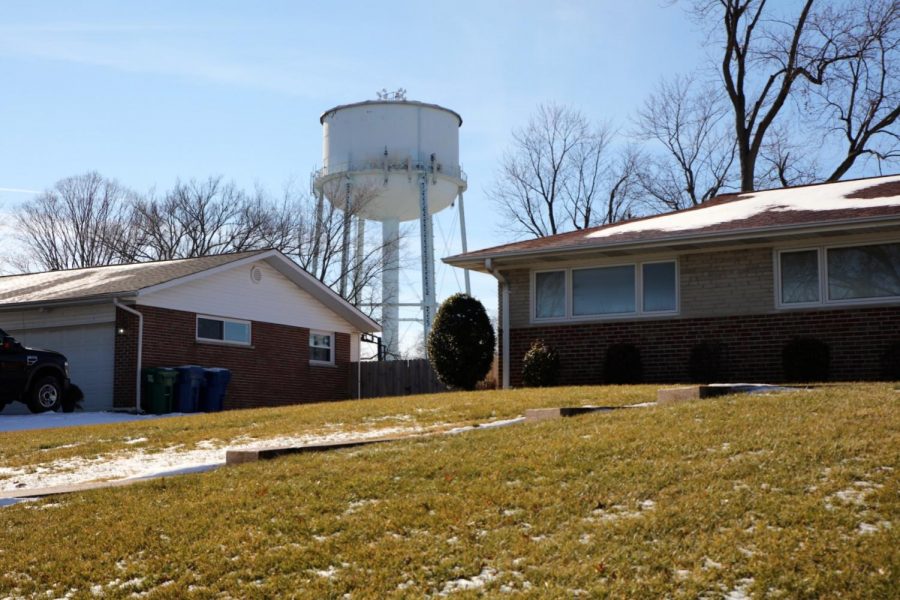By Mike Anthony
Executive Editor
news1@callnewspapers.com
The Mehlville Fire Protection District Board of Directors recently voted unanimously to approve 2017 projected nonbinding tax rates for the district.
The board establishes the district’s tax rate each September, but Senate Bill 711, which was adopted in 2008, requires all political subdivisions to submit projected nonbinding tax rates to the county clerk’s office by April 8 during reassessment years, according to Chief Financial Officer Brian Bond.
The 2017 blended nonbinding tax rate approved by the board is 67.7 cents per $100 of assessed valuation — 3.3 cents less than the 2016 blended tax rate of 71 cents per $100. The blended tax rate is not levied, but used for state calculations.
The approved nonbinding 2017 tax rates for the general and pension funds are: 64.1 cents and 3.6 cents, respectively. The 2016 tax rates for the general and pension funds are: 67.2 cents and 3.8 cents, respectively.
“Back in early March, the county provided the preliminary assessment roll to all political subdivisions, and a review of the 2016 post-Board of Equalization assessment roll compared to the 2017 preliminary assessment roll shows that assessed values have, on a preliminary basis, increased $172 million or 7.42 percent since last fall when the 2016 tax rates were fixed,” Bond told the Board of Directors at the April 5 meeting. “This increase is primarily from an increase in residential property assessed values, plus an increase in commercial property assessed values …”
With an overall decrease of 3.3 cents in the projected nonbonding tax rates, 2017 tax revenue is projected to increase by $384,083, with a majority of that increase, $362,557, occurring in the general fund, Bond said.
Under state law, the permitted reassessment revenue growth is limited to the lower of actual growth; the Consumer Price Index, which is currently 2.1 percent; or 5 percent, Bond wrote in a memo to the board and Chief Brian Hendricks.
Hilmer takes oath of office
Board of Directors Chairman Aaron Hilmer, who prevailed in his re-election bid in the April 4 election, took the oath of office last week for his third six-year term on the board.
Hilmer defeated challenger Jane Kolb, receiving 11,194 votes — 53.33 percent — while Kolb garnered 9,765 votes — 46.52 percent, according to official final results.
Voter turnout for the April 5 election was 25.89 percent.
In a separate matter at the April 19 meeting, the Board of Directors voted unanimously to approve a roughly $19,500 purchase of equipment and training designed to improve the department’s pediatric care.
Hendricks said he and his command staff began discussing last November how “to move the district forward in the pediatric care that we provide. One of the ways we’re going to be able to do that is with this new program called Handtevy. It is a very progressive pediatric kit.”
The Handtevy program has been recommended by the district’s medical director, Dr. Christopher Bosche, as well as Assistant Chief EMS Craig Walk and Deputy Chief EMS Todd Besancenez, Hendricks told the board.
After the board viewed a video about the benefits of the Handtevy program, Besancenez said, “… When it comes to adult cardiac arrest and a lot of these severe situations that we deal with all the time, we don’t have issues with that. In fact, when it comes to cardiac arrest here, we are knocking it out of the park on resuscitations. We’re not unique. Everybody across the spectrum when it comes to pediatrics, it’s a very apprehensive, very nerve-wracking thing …
“So the big goal of that system is to reduce that stress, make drug calculations very clear, reduce errors and get us to really run these situations just like we would an adult. And it is really that simple, and I’m not oversimplifying. That’s really the goal,” he added.
While the Handtevy program is similar to the Broselow system, which the district currently uses, Besancenez said, “The big, big difference is this is age-based and length-based, and then everything that you see is separated, color-coded by age, similar to what we had before. We’ll have kits for the ambulances. We’ll have hard-bound books for the ambulances, as well as the pumpers.
“The big difference in this system when it comes to how it differs also from the Broselow is, they’re taking our protocols that Dr. Bosche has and literally making this system for those.”
The Broselow system provides a range of a certain weight, he said.
“So we’re kind of guessing, depends on where the child falls on that particular weight range, where this completely is curtailed for our own protocols …,” Besancenez said, noting the Handtevy program will eliminate the need to make medical calculations. “It’s right there in blue. I’m going to draw 23 milliliters — push, it’s done. It really simplifies it that much. So it makes it more convenient, reduces the stress, clearly cuts down on medical errors … and changes the whole system. In addition to all of that, it’s going to come with a handheld mobile electronic version. So we’re going to have that to work off as well — again, customized and integrated for our own protocols.”
The Handtevy system twice has been featured at the EMS State of the Sciences Conference, also called “A Gathering of Eagles,” he said.
“It’s really starting to take off. There’s only one other department I think in the area that’s even considering it, and their whole goal is to, you know, you should be able to run these calls even though they’re kids, just like you would an adult, and this is going to help,” Besancenez said. “It’s a big investment. It’s worth every penny.”
Hendricks noted the purchase of the equipment and the training is a budgeted expense.
“This is not a surprise to us. We knew that we were going to be moving forward with equipment purchases,” he said. “This is the first in a series of many that we will come to you (with) throughout the year …”
The board voted to approve the purchase of eight Handtevy Pediatric System Units at a cost of $16,245.60 and an associated cost of $3,265 for training six employees to become certified Handtevy instructors.
Before the board voted, Treasurer Bonnie Stegman, who serves as coordinator of the BSN Online Completion Program, coordinator of the Community Paramedic Program and as an assistant professor of nursing at Maryville University, said she has seen the Handtevy system demonstrated at conferences and has spoken with the system’s creator, Dr. Peter Antevy.
She also said she was familiar with the Broselow system during her years in EMS and nursing, and believes the Handtevy program will offer a major improvement in the district’s pediatric care.



















